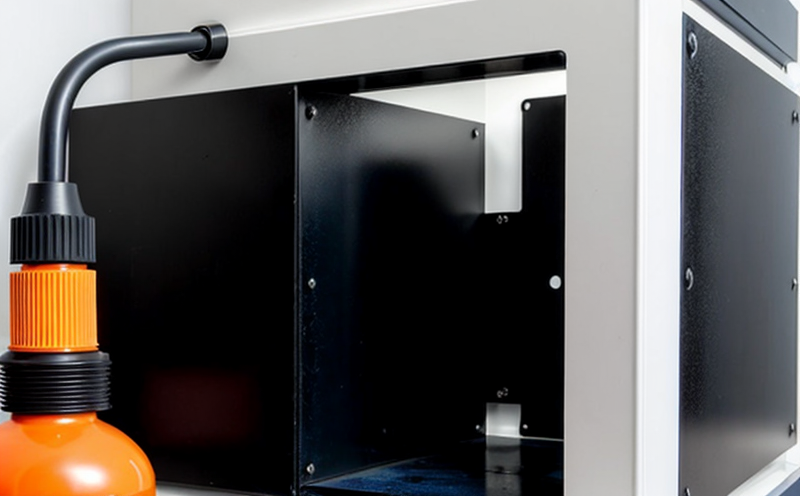ISO 1463 Coating Thickness Measurement by Metallographic Methods
The ISO 1463 standard provides a robust methodology for measuring coating thickness using metallographic techniques. This approach is particularly useful in the nanomaterials sector where precise control over surface treatments and coatings is paramount. The technique involves etching the coated specimen to reveal the underlying structure, followed by visual inspection under a microscope. This method ensures accurate determination of the coating's thickness down to sub-micron levels.
One of the key advantages of this approach lies in its ability to provide detailed information about the distribution and uniformity of the coating across the specimen surface. This is crucial for nanocoatings, where even slight variations can have significant impacts on performance characteristics such as wear resistance, corrosion protection, or adhesion strength.
The process begins with careful selection and preparation of the test specimen. The chosen method must ensure that no deformation or damage occurs during preparation. Once prepared, the coating is etched using appropriate reagents to enhance contrast between the coating and substrate materials. Etching parameters are critical; improper conditions can lead to over-etching which may remove parts of the coating, or under-etching where insufficient contrast is achieved.
Post-etching, specimens are examined visually under a metallographic microscope equipped with appropriate illumination techniques such as transmitted light (TL) and reflected light (RL). The experimenter carefully examines cross-sectional areas where the coating meets the substrate. At least three different locations should be analyzed to ensure reliability of measurements.
Once measured, these values are averaged to provide a representative thickness for that particular area of interest on the specimen. It’s important to note that due to the nature of nanocoatings, some variability may still exist; hence multiple measurements are recommended. Furthermore, comparison with baseline data obtained from uncoated regions helps quantify coating adherence and uniformity.
The ISO 1463 standard also includes guidelines for handling samples post-measurement to prevent contamination or alteration of results. Proper storage conditions and practices ensure that subsequent tests remain accurate and comparable over time.
For R&D engineers working on developing new nanocoating formulations, this test offers valuable insights into how different components interact within the coating structure during application processes like spraying, dip coating, or spin coating. Compliance officers responsible for ensuring adherence to industry standards will find ISO 1463 essential in validating that their products meet regulatory requirements.
Quality managers can use these results not only as part of production validation but also when troubleshooting issues related to poor adhesion between layers or inconsistent thicknesses leading to performance discrepancies.
Scope and Methodology
| Step | Description |
|---|---|
| Sample Preparation | The sample needs to be prepared in such a way that it does not alter the integrity of the coating. This includes ensuring clean surfaces and appropriate orientation for cross-sectional examination. |
| Etching Process | Appropriate etchants are used to create contrast between the coating and substrate, making the interface visible under a microscope. Care must be taken not to over-etch which could lead to removal of parts of the coating. |
| Microscopy Examination | Specimens are examined using metallographic microscopes under both transmitted and reflected light conditions. Multiple cross-sectional areas should be inspected to ensure accurate measurement. |
Why Choose This Test
- Accurate measurement down to sub-micron levels.
- Precise assessment of coating distribution and uniformity.
- Valuable for R&D in developing new nanocoating formulations.
- Essential for compliance officers ensuring adherence to industry standards.
- Suitable for quality managers validating product performance.
Use Cases and Application Examples
In the field of nanomaterials, particularly those used in surface treatments like anti-corrosion coatings or wear-resistant finishes, ISO 1463 offers a reliable means to assess coating thickness. For instance, when working with titanium nitride (TiN) coatings applied via physical vapor deposition (PVD), accurate measurement of the TiN layer is crucial for optimizing protection against wear and corrosion.
Another application involves checking the integrity of barrier layers in medical devices where biocompatibility and longevity are critical. Here, ensuring consistent coating thickness helps maintain long-term efficacy without compromising safety.
Aerospace manufacturers also rely heavily on this technique to verify that protective coatings applied to engine components adhere correctly and provide adequate protection against harsh environments during flight operations.





